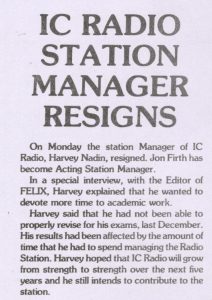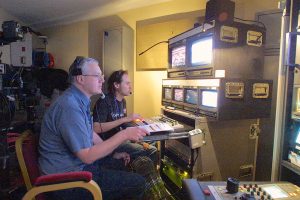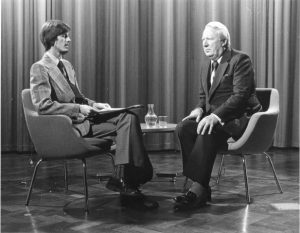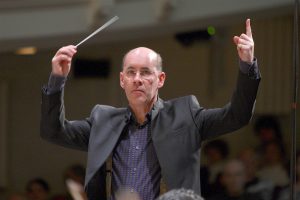 In 1979 BBC Radio London obtained a world record for broadcasting for 48 hours non stop. IC Radio were there as part of the attempt and Paul Johnson spoke to Harvey Nadin the newly elected IC Radio manager about this and his plans for the station in the new academic year. However, in January the following year (1980) Harvey resigned from his post. This could well be the only interview with him about IC Radio, unless I uncover something else!
In 1979 BBC Radio London obtained a world record for broadcasting for 48 hours non stop. IC Radio were there as part of the attempt and Paul Johnson spoke to Harvey Nadin the newly elected IC Radio manager about this and his plans for the station in the new academic year. However, in January the following year (1980) Harvey resigned from his post. This could well be the only interview with him about IC Radio, unless I uncover something else!
Page 2 of the January 14th edition of the student newspaper FELIX has the report on his resignation.
Some of the tape has been damaged which you’ll see as lines running down the screen.
Colin Grimshaw August 2017


